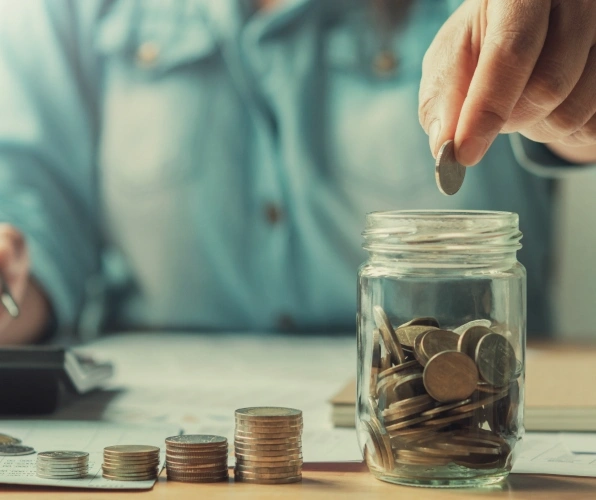The yearly Self Assessment tax returns you have to file when you’re self-employed can easily trip you up if you’re not prepared. Leaving your planning for how to pay up what you owe until after you’ve already filed your return is a dangerous road to walk down. It’s all too easy to get lumped with a tax bill you can’t pay at the end of the tax year, or payments on account that you haven’t got the cash flow to cover.
Luckily, since you’re already used to estimating your annual income, you should already have a good idea which tax bands you’ll be dealing with. If you know you’ll only be paying at the basic rate of 20%, for instance, you’re in a decent position to prepare by setting aside 20% of your earnings as they come in. That’ll keep your Income Tax covered – but there’s still more to pay!
We know, it sounds nightmarishly complicated. In practice, though, it’s all calculated automatically when you file your Self Assessment tax returns online. The main point is to keep your National Insurance situation in mind throughout the year, because Income Tax isn’t the only way HMRC dips into your pocket.
Guide: Self-assessment tax returns





